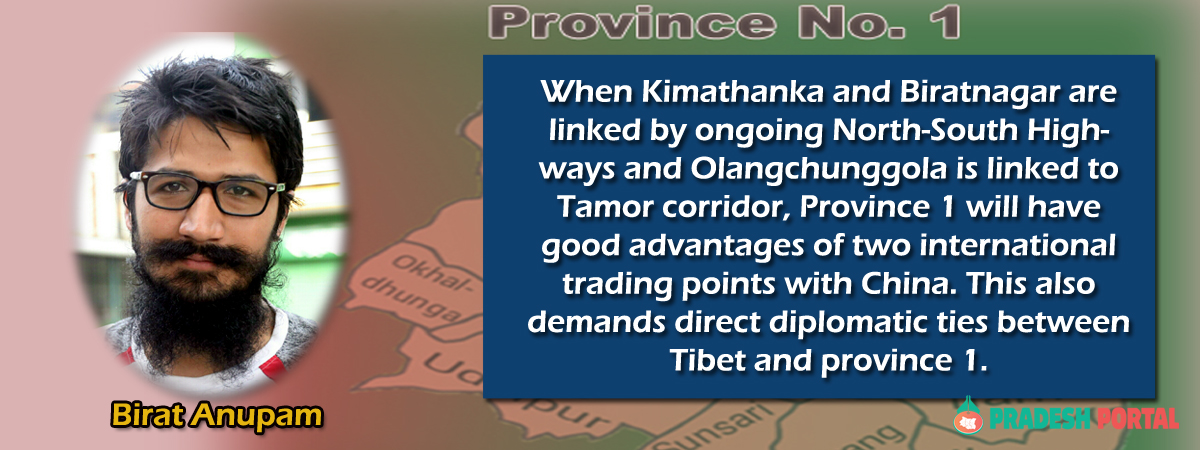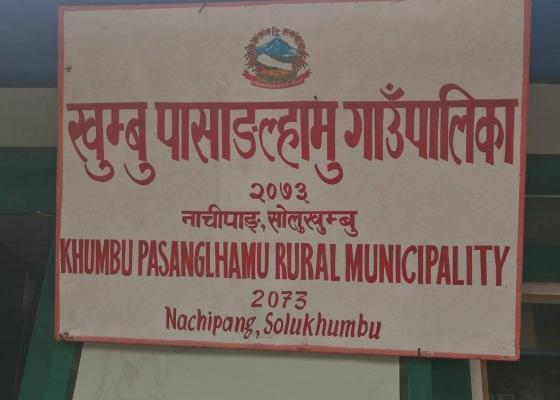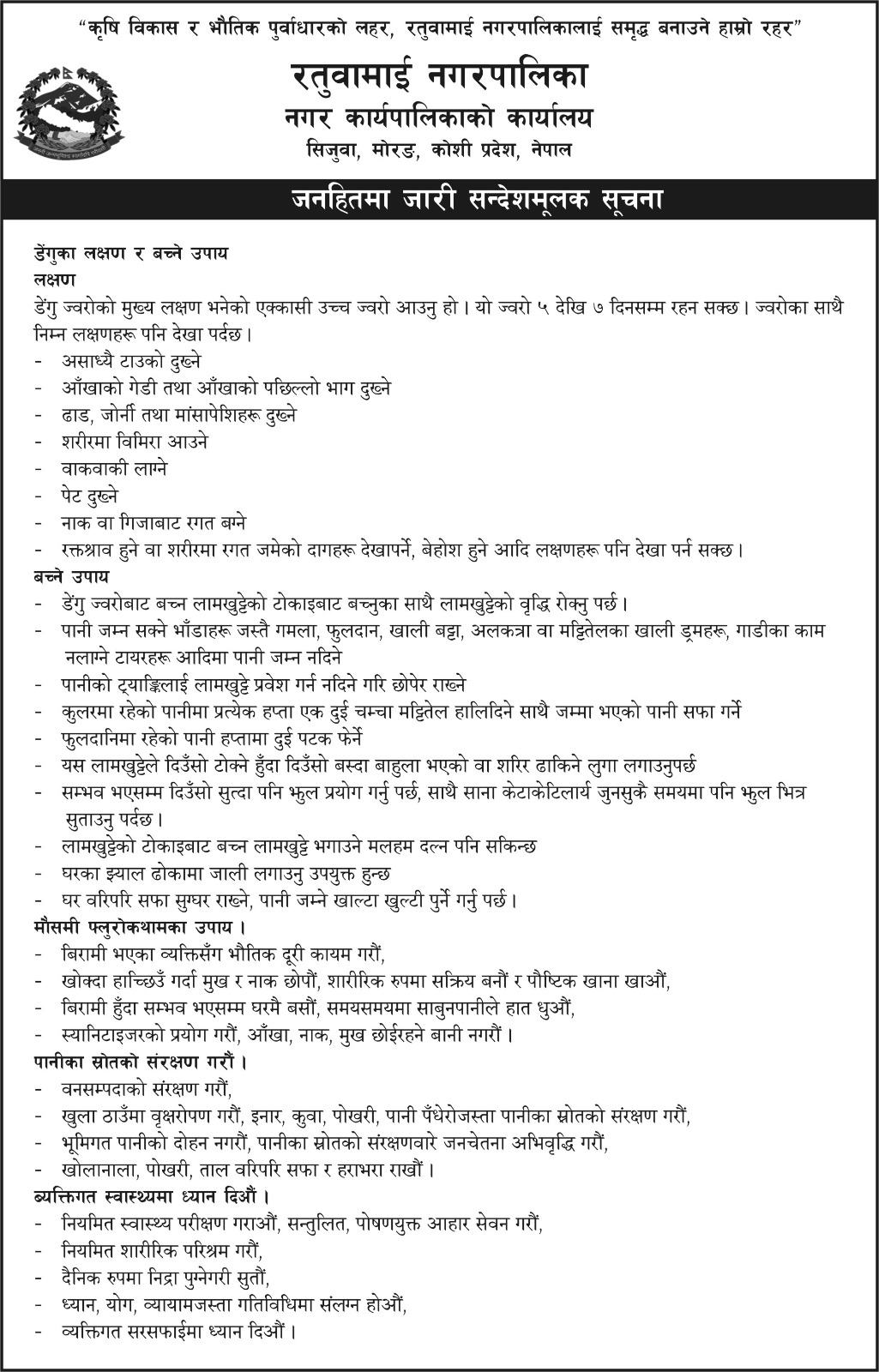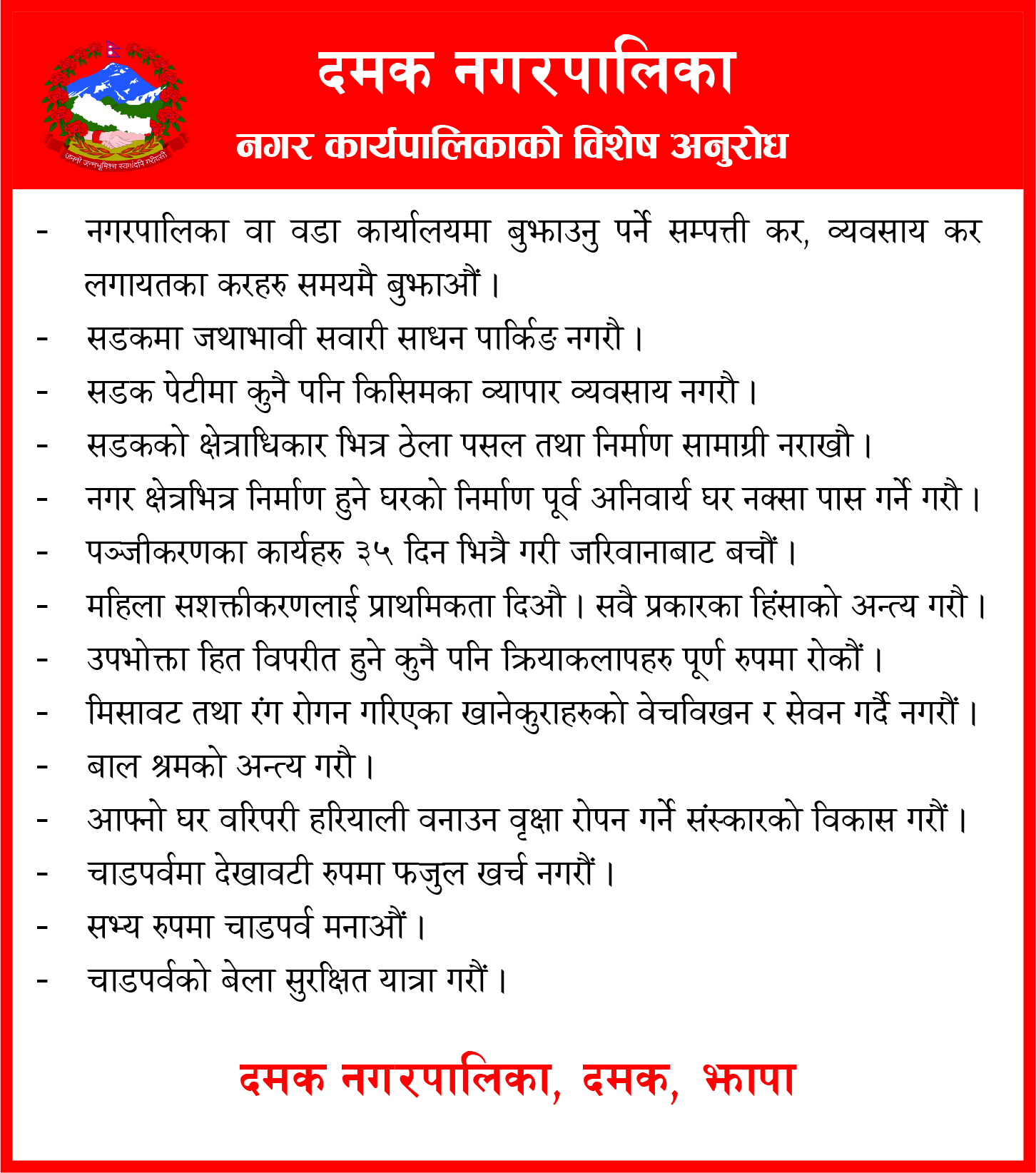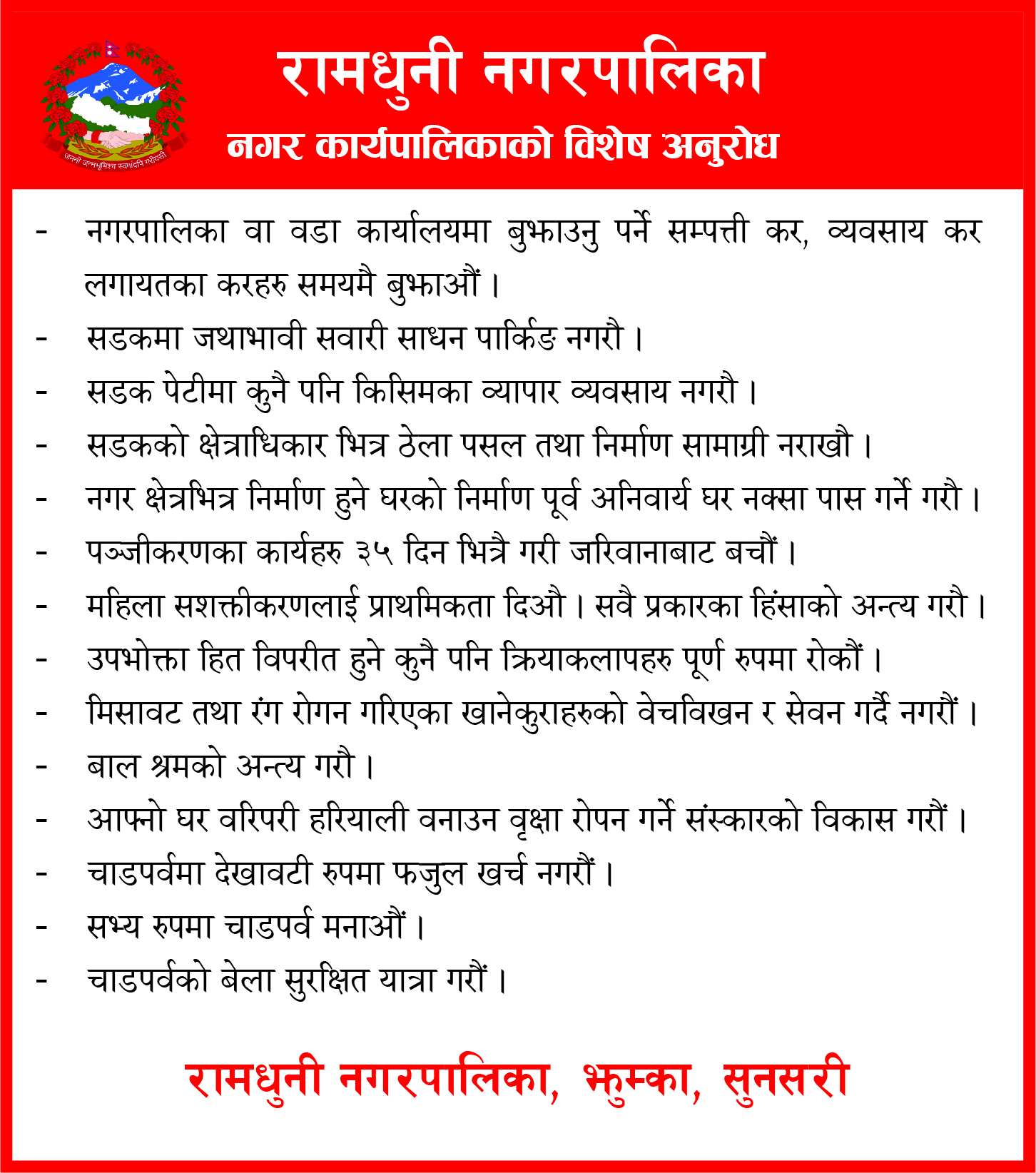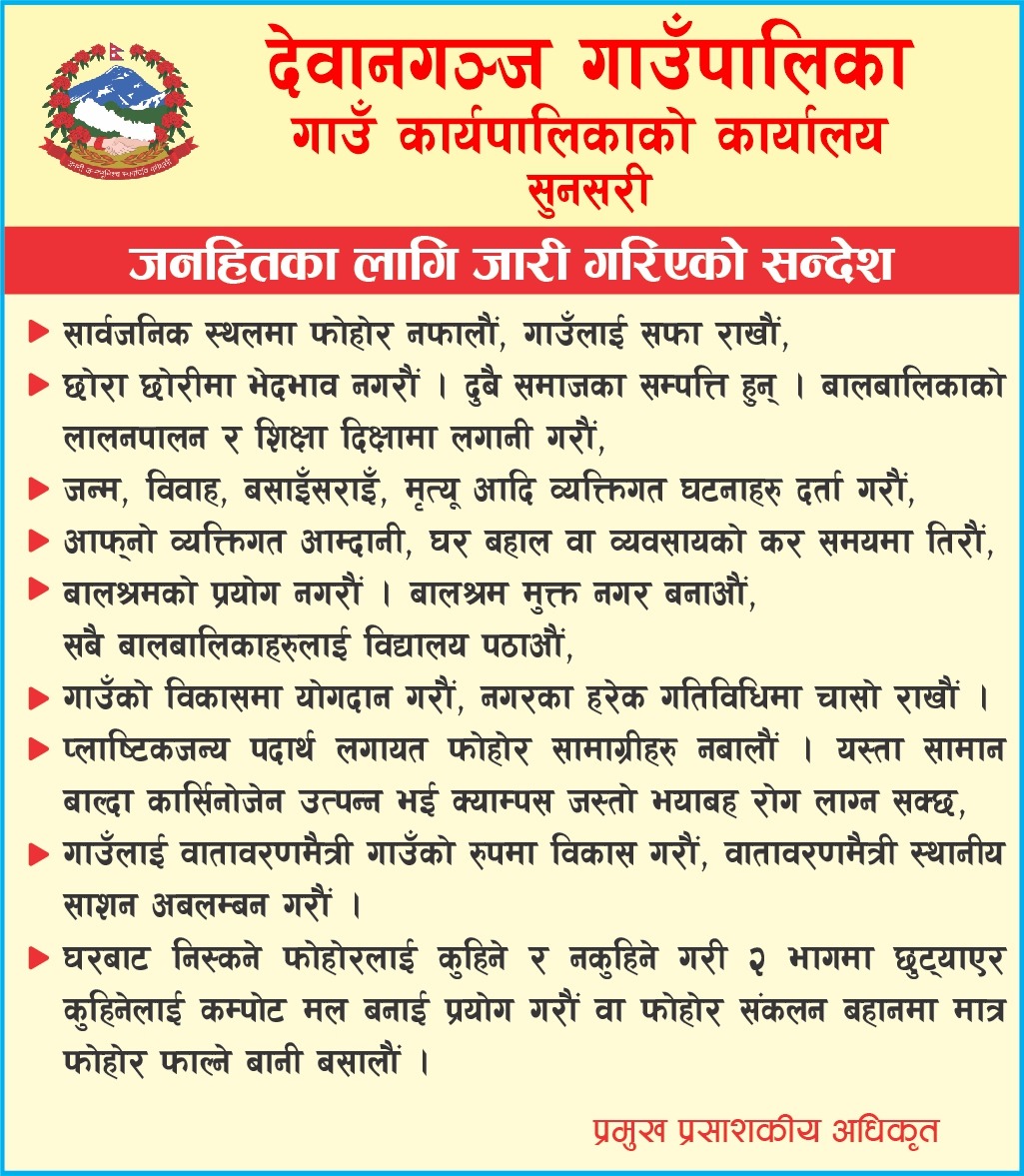Nepal got new constitution by people's representatives of Constituent Assembly on September 20, 2015. This constitution officially gave a new federal framework for previously a unitary nation Nepal.
After two phases of elections of federal parliament and provincial assemblies on 26 November and 7 December of 2017, along with the federal government, 7 provincial governments were formed for the first time in Nepal.
The new and nascent provincial government
Since its historic formation in 15 February, 2018, Province 1 is in its nascent stage. It is still unnamed. It is still undecided on its permanent provincial capital. 93-member Provincial Assembly of this province is yet to decide on these thorny issues.
In the last eight months of its full-fledge functioning, Chief Minister Sherdhan Rai -led provincial government brought a fiscal budget, drafted some acts, rules and regulations. Provincial government has been establishing provincial directorate offices of education, health, irrigation, roads, among others.
For a nascent provincial government of Province 1, it may be too early to talk of international diplomacy. However, in this age of fast-track diplomacy, Province 1 must have speedy diplomatic dialogue with its neighboring provinces of India and China.
Geographically is Province 1 is limited within 25,905 square kilometers of area. But, its geopolitical area is huge. Province 1 is one of two provinces of Nepal that touches both China and India. This province has three neighboring Indian province of Bihar, West Bengal and Sikkim and China's autonomous province of Tibet.
Bihar is in South, Sikkim and West Bengal are in east and Tibet is in the northern border of Province 1. Because of such geopolitical advantages, Province 1 shouldn't delay to initiate province-to-province diplomatic rapprochements with all these four provinces of two nations.
Why provincial diplomacy is must?
Provincial diplomacy of Province is very important for this province with 4.5 million plus population.
In case of India, Province 1 has open border and close-knit people-to-people relations since ages. Public ties must be reflected in provincial ties with all three Indian states of Bihar, West Bengal and Sikkim.
From political point of view, India has long history of provincial exercises. Provincial exercises of Bihar,West Bengal and Sikkim of India can be a learning lesion for our nascent province of Nepal.
All three neighboring provinces of India are ruled by different political parties and diplomatic communications help bridge relationship between ruling parties between Province 1 and three Indian provinces.
In case of China's autonomous region of Tibet, people of Province 1 have historic relationship with Tibet. Our people in Himalayan region share similar cultures and traditions like that of Tibet.
Province 1 is going to have two functional international trade hubs of Kimathanka of Sankhuwasabha and Olangchunggola of Taplejung. This is more certain after finalization of protocol of TTA agreement inked by PM KP Sharma Oli with China in his first premiership on 21 March, 2016.
When Kimathanka and Biratnagar are linked by ongoing North-South Highways and Olangchunggola is linked to Tamor corridor, Province 1 will have good advantages of two international trading points with China. This also demands direct diplomatic ties between Tibet and province 1.
When Nepal was a unitary state, Nepali diplomacy was guided by central government and provincial/regional ties with neighboring provinces of China and India were not practiced regionally. Now, Nepal is officially in new era of provincial model. Direct diplomacy dialogues with Bihar, West Bengal, Sikkim and Tibet will not only boost diplomacy of Province 1, but also its trade, tourism and connectivity.
Province-to-province diplomacy with bordering provinces of neighboring nations is the tide of the time. Sherdhan Rai-led provincial government must address this crucial concern.



